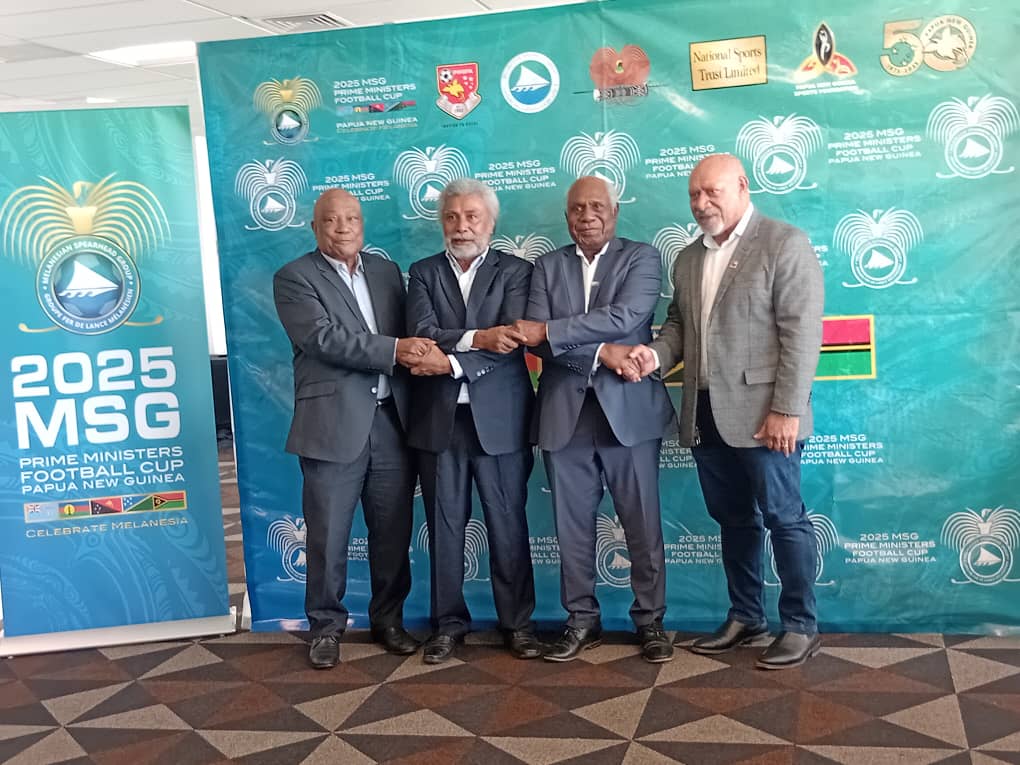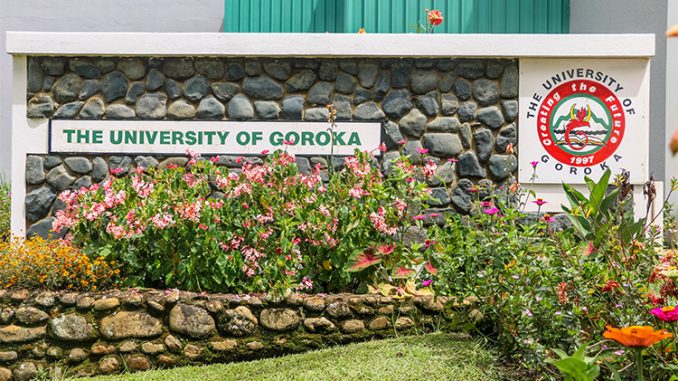NEWS
TAVI: A SAFE TREATMENT FOR HEART PATIENTS
![]() By Aseneth WAIDE |
March 4, 2025
By Aseneth WAIDE |
March 4, 2025

Related News
LATEST NEWS






